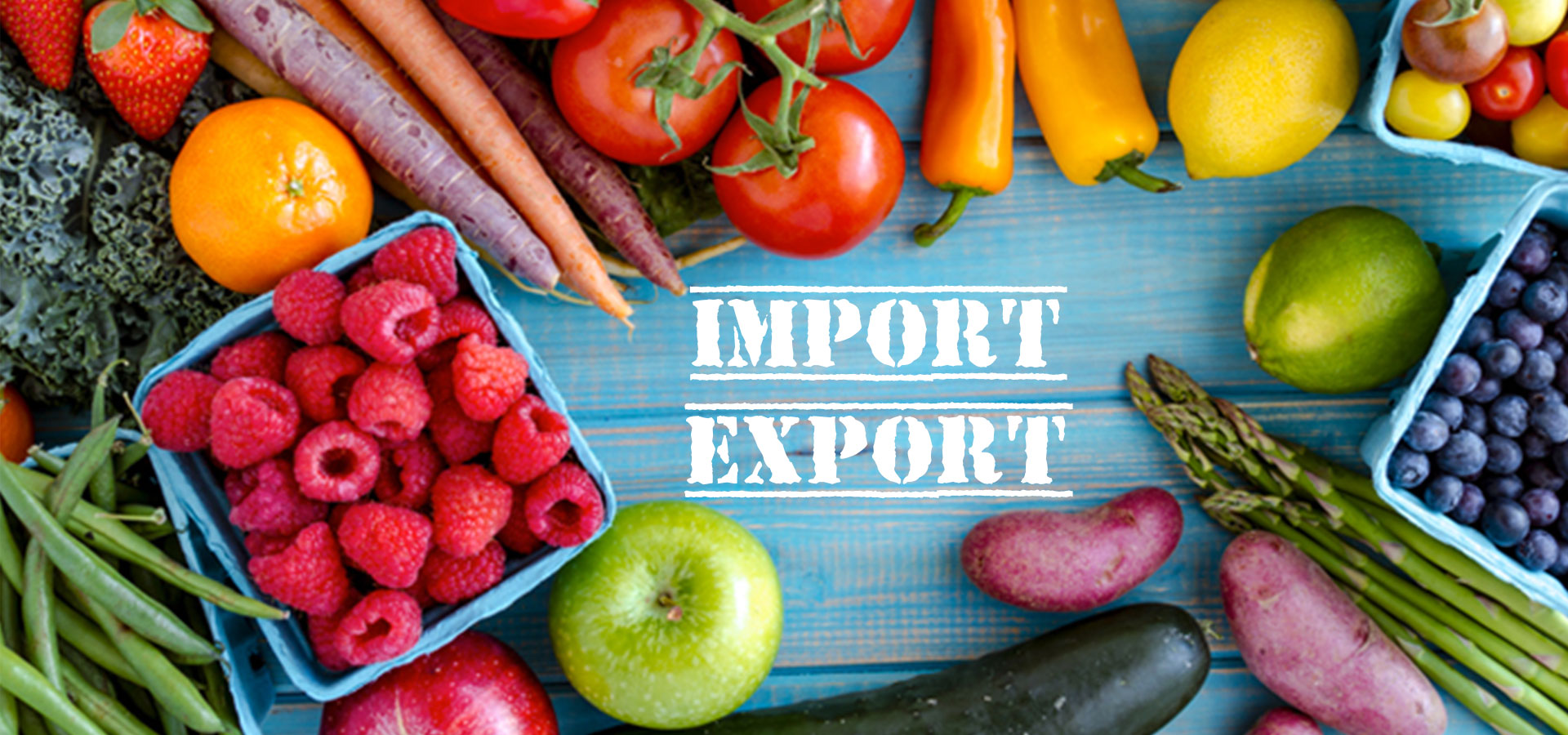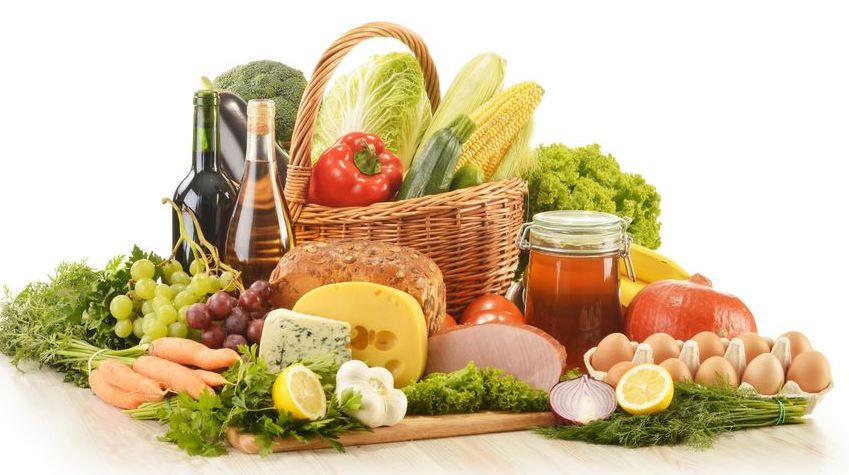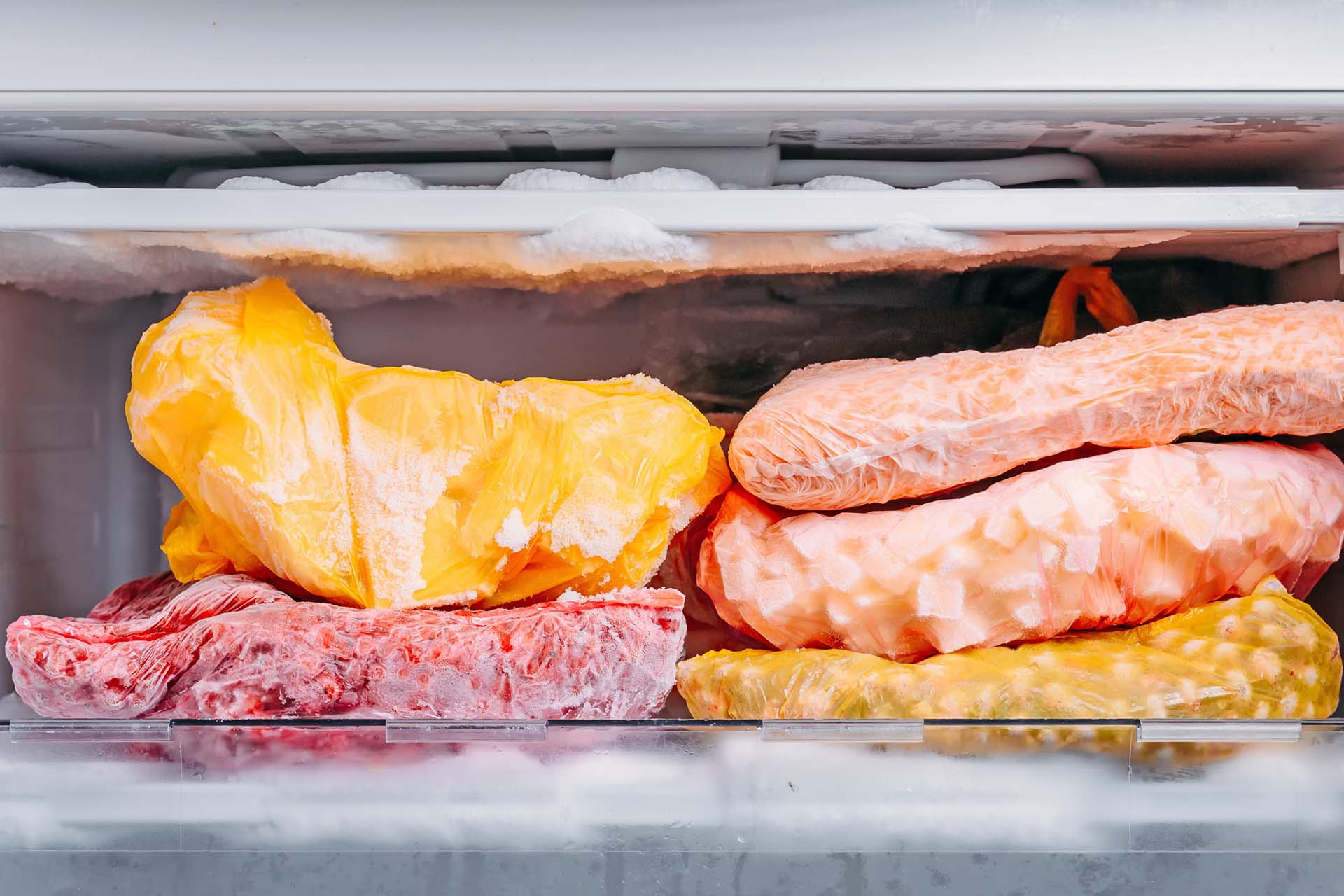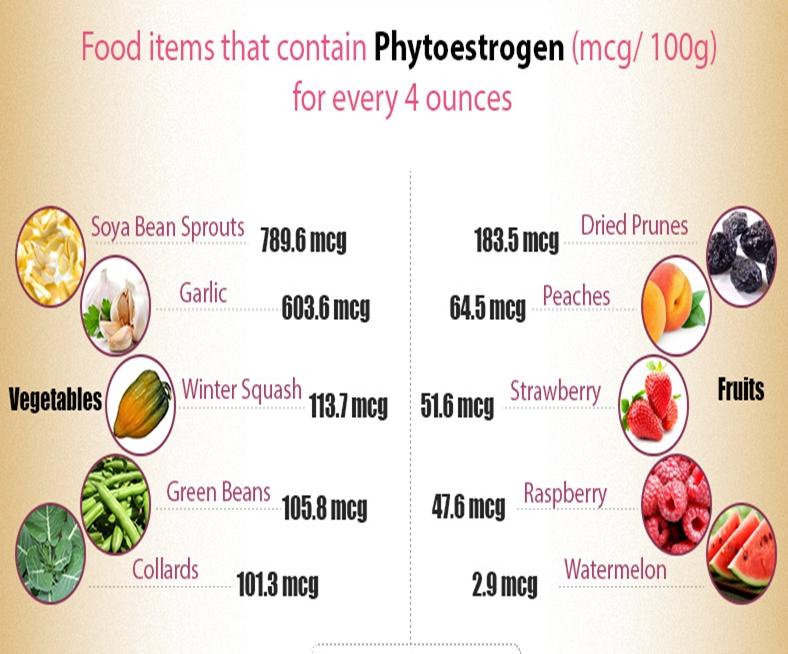Importing food products into the United States involves adhering to specific regulations and procedures set by government agencies to ensure the safety and quality of imported food. Here’s a detailed guide on how to import food products to the USA:

1. Determine Product Eligibility:

- Check if the food product you intend to import is eligible for entry into the USA. The U.S. Food and Drug Administration (FDA) and the U.S. Department of Agriculture (USDA) regulate the importation of different types of food products. Visit their websites to determine product eligibility.
2. Obtain Necessary Permits and Licenses:

- Contact the FDA and USDA to obtain the necessary permits, registrations, and licenses required for importing food products. These may include the Food Facility Registration and a Permit to Import Food. The specific requirements depend on the type of food product and its country of origin.
3. Comply with Labeling Requirements:
- Ensure that the food product labeling complies with U.S. regulations. This includes accurate information about the product name, ingredients, nutritional facts, and any potential allergens. The labeling should be in English and meet the FDA’s labeling requirements.
4. Prepare Required Documentation:
- Prepare the necessary documentation for the food product shipment. This typically includes a commercial invoice, packing list, bill of lading, and a certificate of origin. Additionally, certain food products may require specific documentation, such as an import permit or a phytosanitary certificate.
5. Arrange for Shipping and Transportation:
- Coordinate with a reliable shipping company to transport the food products to the USA. Ensure that the products are properly packaged and labeled for international shipping. Consider factors such as temperature control and customs clearance requirements.
6. File Prior Notice:
- Prior to the arrival of the food shipment, file a prior notice with the FDA. This involves electronically submitting information about the shipment through the FDA’s Prior Notice System. The prior notice helps the FDA assess the safety of the imported food and determine if any inspections are necessary.
7. Clear Customs:
- Upon arrival at the port of entry, the food shipment will undergo customs clearance. Cooperate with customs officials by providing the necessary documentation and paying any applicable duties or taxes. Delays may occur if there are discrepancies in the documentation or if the shipment is selected for inspection.
8. Market Your Products:
- Once the food products are cleared for entry, you can market and sell them in the USA. Explore distribution channels such as retail stores, online marketplaces, or direct-to-consumer sales. Ensure compliance with state and local regulations related to food distribution and sales.
9. Ongoing Compliance:
- Maintain ongoing compliance with U.S. food safety regulations. This includes monitoring product quality, addressing any consumer complaints or recalls, and keeping up-to-date with changes in import requirements. Maintaining compliance is essential to ensure the continued import of your food products into the USA.










